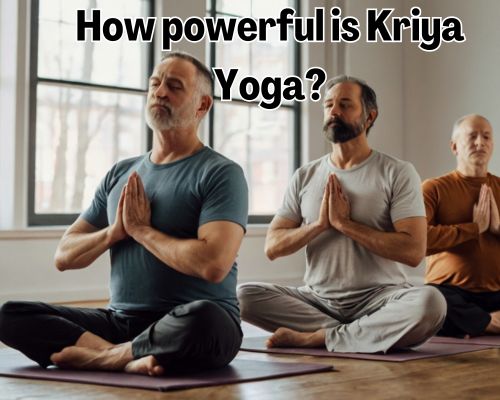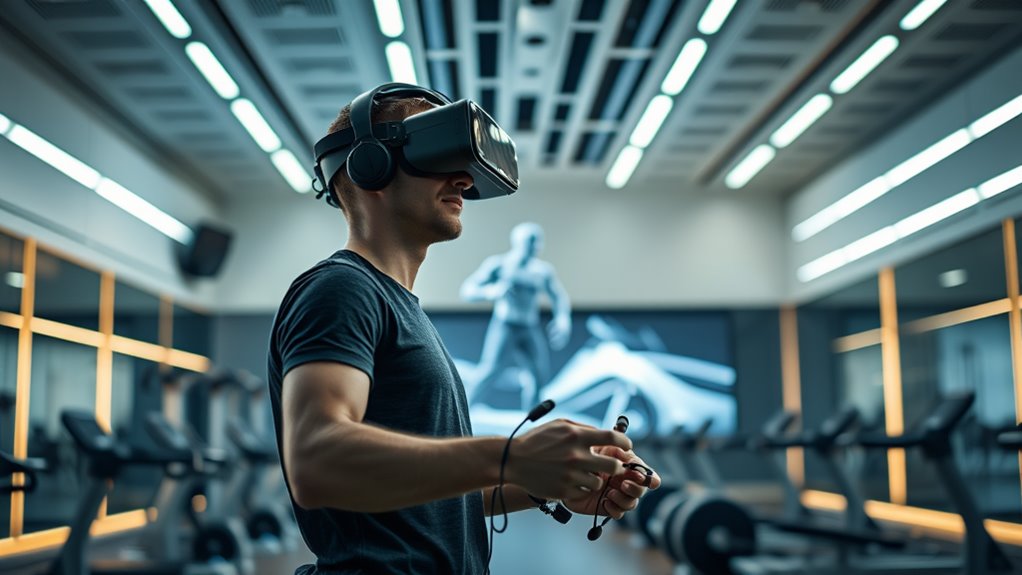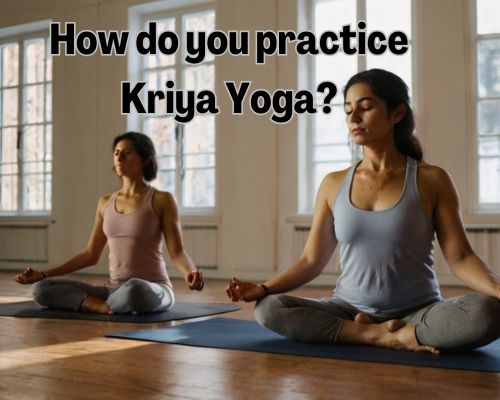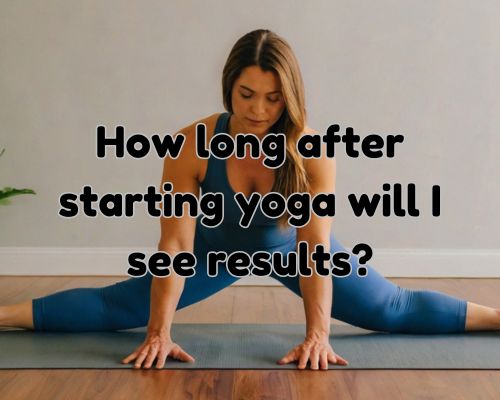How Long is a Kriya Yoga Session? A Complete Guide for Practitioners in Mornington, Australia
Kriya Yoga is an ancient spiritual practice designed to harmonize the body, mind, and soul. It combines breath control (pranayama), meditation, and specific yogic techniques to enhance spiritual awareness and inner peace. If you’re in Mornington, Australia, and are interested in experiencing this powerful yogic tradition, you may be wondering: How long is a Kriya Yoga session? With Bikram Yoga Mornington, get to explore session durations, variations, and what to expect when practicing in Mornington.
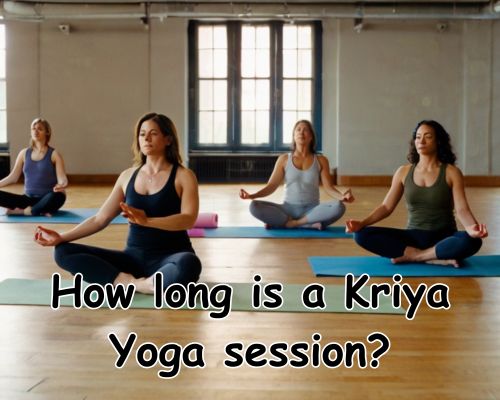
Understanding Kriya Yoga and Its Time Commitment
Kriya Yoga, as taught by Paramahansa Yogananda and other spiritual leaders, follows a structured approach to meditation and breathwork. The length of a session depends on several factors, including the experience level of the practitioner, the specific techniques being used, and whether it’s a guided session or self-practice.
Standard Kriya Yoga Session Duration
- Beginners – A typical beginner’s Kriya Yoga session lasts 30 to 45 minutes. These sessions focus on learning the fundamental techniques of controlled breathing and concentration.
- Intermediate Practitioners – More advanced students often engage in 60 to 90-minute sessions, incorporating deeper levels of meditation and more repetitions of Kriya techniques.
- Advanced Yogis – Highly experienced practitioners may practice for two hours or more, engaging in deep states of meditative absorption (samadhi).
Factors That Influence Session Length
While traditional Kriya Yoga guidelines suggest gradual progression, session lengths can vary based on several factors:
- Teacher and School Tradition: Different schools of Kriya Yoga, such as those affiliated with the Self-Realization Fellowship (SRF) or Ananda Sangha, have varying approaches to session length.
- Personal Schedule: Many practitioners in Mornington balance their practice with work and daily commitments, making shorter, consistent sessions more practical.
- Retreats and Workshops: Intensive retreats and guided workshops at yoga centers in Mornington may offer extended sessions lasting two to four hours.
Where to Practice Kriya Yoga in Mornington, Australia?
Mornington, known for its stunning beaches and serene environment, is a perfect location for spiritual practices like Kriya Yoga. Several local studios and wellness centers offer guided Kriya Yoga sessions:
- Bikram Yoga Mornington – Offers guided meditation and pranayama classes ideal for Kriya Yoga practitioners.
- Beachside Wellness Retreats – Hosts immersive yoga retreats that include extended Kriya Yoga sessions.
- Private Meditation Groups – Some spiritual communities in Mornington gather for long-form Kriya practice.
Structuring Your Personal Kriya Yoga Practice
If you prefer self-practice, here’s how you can structure your session effectively:
- Opening (5-10 minutes) – Gentle stretching and breathing exercises to prepare the body.
- Pranayama & Energization Exercises (10-20 minutes) – Techniques such as kapalabhati and alternate nostril breathing.
- Kriya Techniques (20-40 minutes) – Depending on your level, this includes a specific number of Kriya breath cycles.
- Meditation & Closing (10-30 minutes) – Silent meditation to absorb the benefits of the practice.
The Benefits of Practicing Kriya Yoga in Mornington
Practicing Kriya Yoga in Mornington provides a range of physical, mental, and spiritual benefits:
- Mental Clarity & Stress Reduction: Regular practice helps calm the mind and improve focus.
- Improved Breathing & Vitality: Pranayama techniques enhance lung function and overall energy levels.
- Connection with Nature: Practicing near Mornington’s beaches or natural reserves enhances relaxation and mindfulness.
Conclusion
The length of a Kriya Yoga session varies depending on your experience level, schedule, and personal goals. Whether you’re a beginner or an advanced practitioner, you can find a suitable practice duration that aligns with your lifestyle in Mornington, Australia. By integrating Kriya Yoga into your routine, you’ll cultivate a deeper sense of inner peace and spiritual growth. Ready to begin your journey? Explore local classes and start your practice today!
